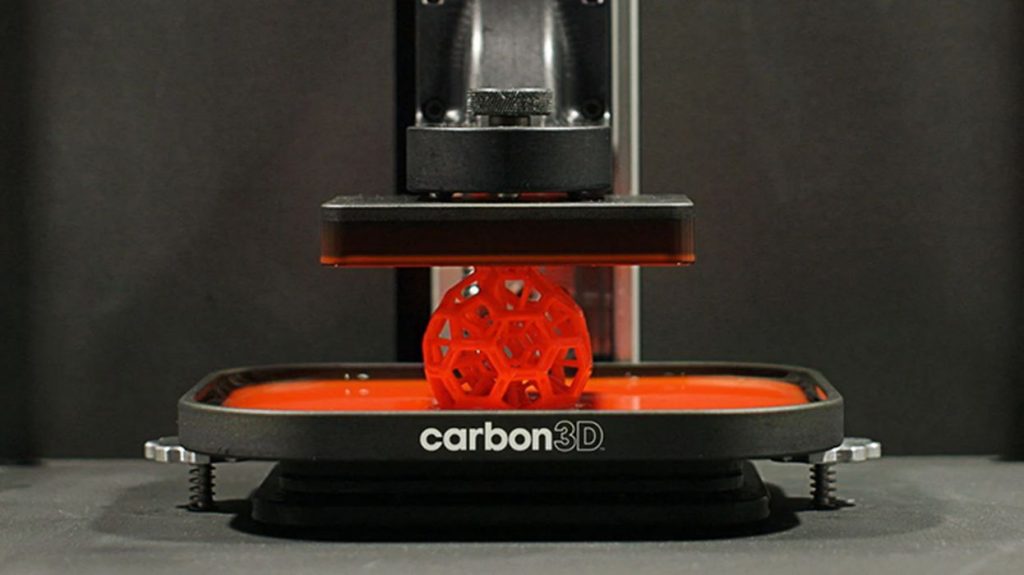
Charles R. Goulding and Preeti Sulibhavi look at the good and bad news of recent corporate restructuring activities.
With the recent massive tech company layoffs and more potentially looming, many are wondering not only why but what the implications of this trend would be. As of the writing of this article, Amazon has reduced its staff by 10,000 employees, Meta (a.k.a Facebook) reportedly laid off 11,000 employees, Twitter has laid off half its workforce (about 3,500 employees), Lyft has laid off 700, Snap (another social media platform) cut 1,000 of its workers, Netflix cut 500 jobs and SalesForce has fired about 1,000 employees and more could be affected.
Other industries are affected as well. These include Disney, which implemented a targeted hiring freeze and is anticipating cutting jobs as well, Barclays, the banking and trading giant announced it would be laying off about 200 employees, Citi has cut 50 trading jobs, Redfin, a real estate tech company has laid off 862 employees and Coinbase, a crypto exchange, cut 1,100 employees this past June amid a steep drop in the cryptocurrency market.

This disturbing trend is not just limited to software tech companies. It includes 3D printer companies as well. Desktop Metal has laid off around 160 people (or 12% of its workforce) so far and Carbon, one of the most innovative and highest-valued companies in the 3D printing industry announced it will be laying off workers as well, apparently including its sales force.
While this is generally not seen as a positive turn of events, there is a silver lining in all of this. There are new recruiting opportunities available to 3D printing companies that can now choose from a highly qualified and technologically skilled pool of candidates who will soon be looking for new jobs.
The industries that have been affected by the layoffs include software, social media, auto transportation, and entertainment or streaming platforms. This means that the 3D printing industry now has a very diverse pool of well-qualified candidates to select from and train. Now is the time for still-growing, smaller 3D printing companies, and startups, to actively seek out technical people in all these industries to see how they can apply their current skillset to the 3D printing industry. The industry giants just released some of their greatest assets for smaller companies to benefit from.
The Research & Development Tax Credit
The now permanent Research and Development (R&D) Tax Credit is available for companies developing new or improved products, processes and/or software.
3D printing can help boost a company’s R&D Tax Credits. Wages for technical employees creating, testing and revising 3D printed prototypes can be included as a percentage of eligible time spent for the R&D Tax Credit. Similarly, when used as a method of improving a process, time spent integrating 3D printing hardware and software counts as an eligible activity. Lastly, when used for modeling and preproduction, the costs of filaments consumed during the development process may also be recovered.
Whether it is used for creating and testing prototypes or for final production, 3D printing is a great indicator that R&D Credit eligible activities are taking place. Companies implementing this technology at any point should consider taking advantage of R&D Tax Credits.
Conclusion
These layoffs present unique opportunities for smaller 3D printing companies, especially start-ups, to hire talented people. This is an opportunity for the 3D printing industry to gain insight and talent, particularly software, for creating even more innovative and advanced products for the world to enjoy.

